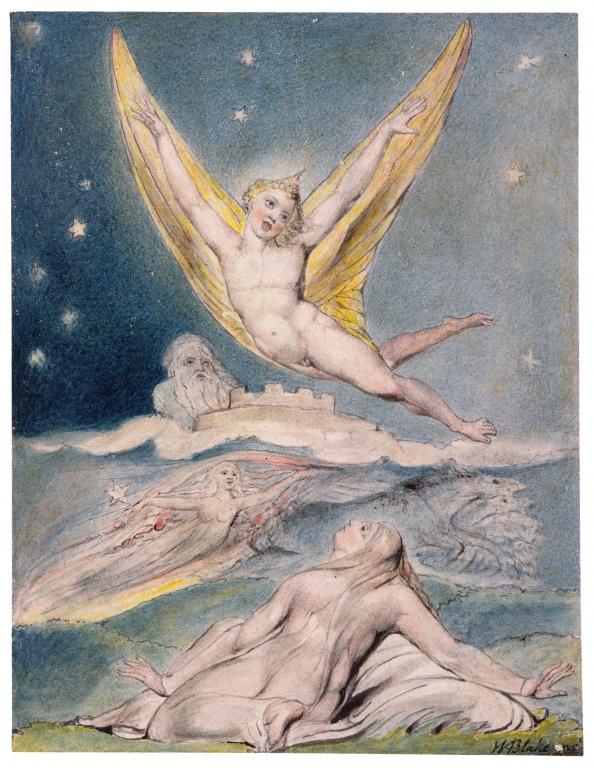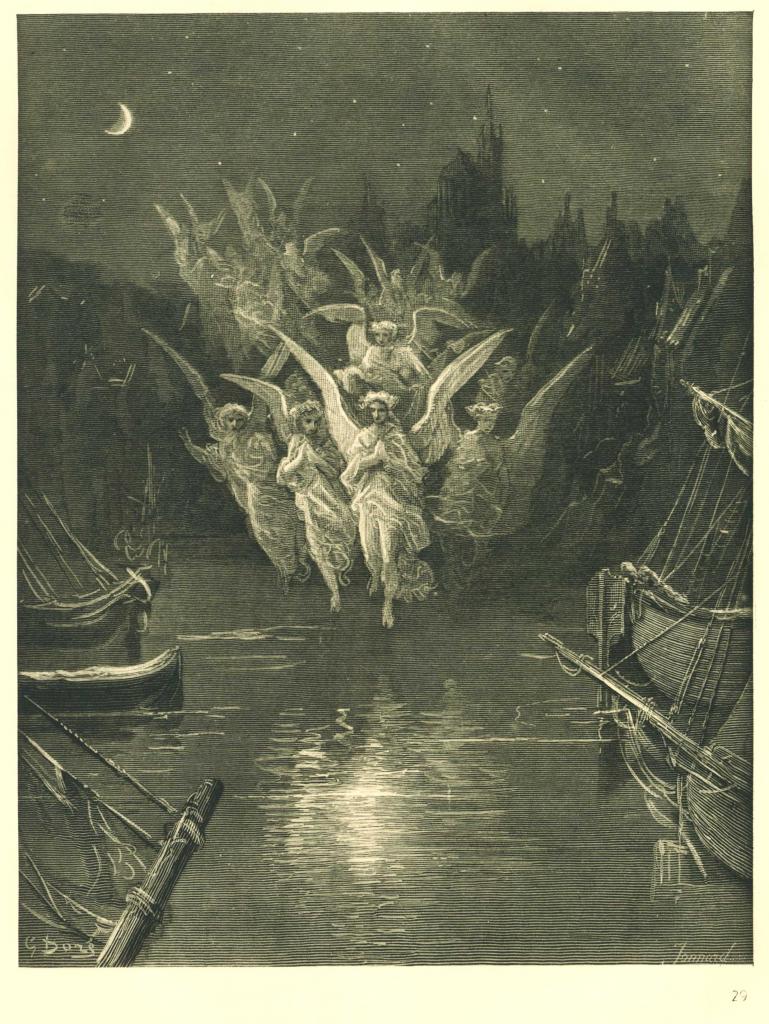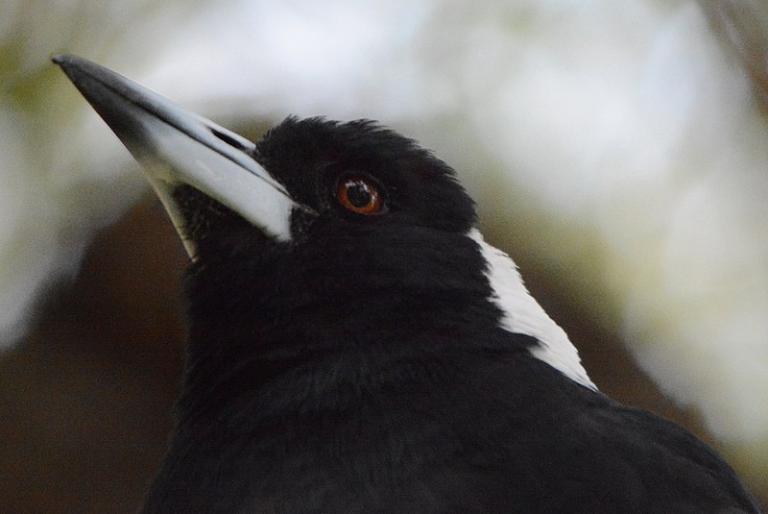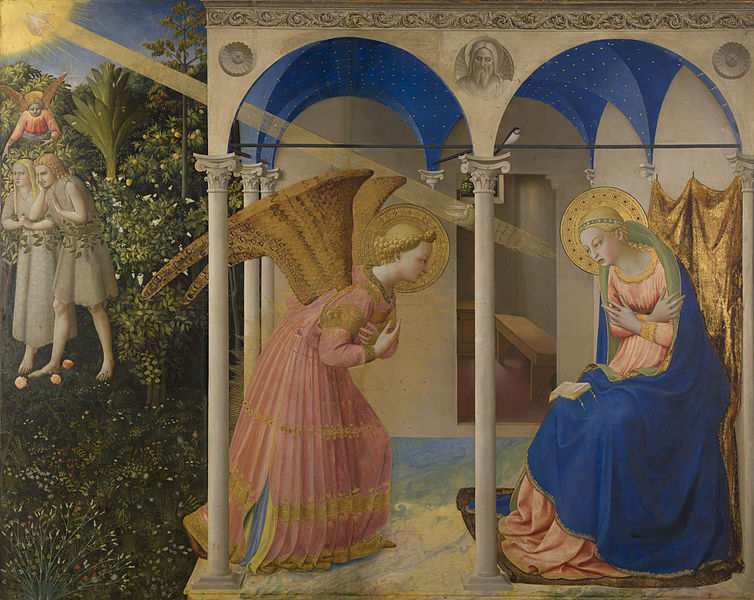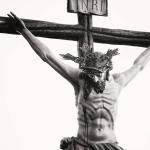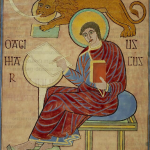David Russell Mosley
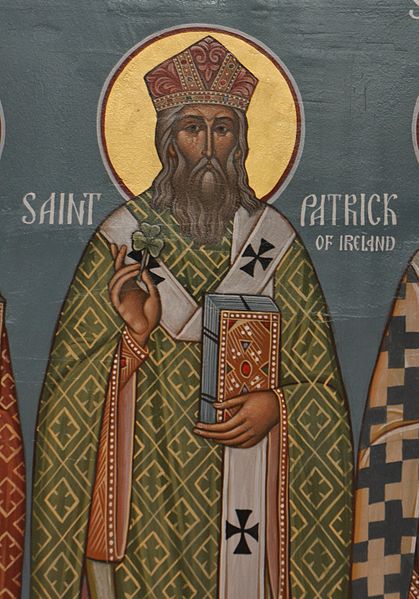
English: Icon of Saint Patrick from Christ the Saviour Church
Date 4 May 2011, 15:06:16
Source https://www.flickr.com/photos/frted/5692057805
Author bobosh_t AKA “Father Ted” on Flickr, Christ the Saviour Church
(CC BY-SA 2.0)
Lent
18 March 2017
The Edge of Elfland
Hudson, New Hampshire
Dear Readers,
Well, yesterday was St. Patrick’s day and many have written excellently about the man and his feast day and why it shouldn’t exclusively include drinking and green and leprechauns. Today I want to talk about a prayer that is often associated with St. Patrick but was probably not written by him. I’m talking of course about “The Breastplate,” often also called “The Lorica” or “The Deer’s Cry.” What I’m specifically interested in is how this prayer conceives of reality.
First, some background. The prayer is called Patrick’s Breastplate or lorica (Latin for breastplate) because it is a prayer invoking God’s protection. These were fairly common in the early church and were seen as an attempt at taking the Armor of God from Ephesians 6 seriously. They were used to consecrate the whole of human life, to remind the one who prays that God pervades all of human existence. Prayers like this were often also part of the divine office. This can be seen at the start of Patrick’s Breastplate as it begins, “I arise today.”
Now, to the prayer itself. It is broken up into roughly nine stanzas (or 3 times 3, which can hardly be incidental since it begins and ends with invocations of the Trinity).
I arise today
Through a mighty strength, the invocation of the Trinity,
Through belief in the threeness,
Through confession of the oneness
Of the Creator of Creation.
The first stanza explicitly calls us to remember that the Tri-unity of God is essential for Christian faith; and that this Triune God is the source of all that is. Note also in the second line the reminder that our very act of waking is through the might or power of God. He presides over our waking and our lying down.
I arise today
Through the strength of Christ’s birth with His baptism,
Through the strength of His crucifixion with His burial,
Through the strength of His resurrection with His ascension,
Through the strength of His descent for the judgement of Doom.
The second stanza, especially with the first, is actually very reminiscent of the Apostles’ Creed. First we get a short stanza on the Father (admittedly this stanza is about the Trinity) and then a longer one on Christ. The prayer reminds us of the centrality of the person of Christ for the Christian. We do not simply worship God, even as Trinity, but we have met God in the incarnation. What is more, this prayer reminds us that our rising today is tied not only to God the Creator, but God our Savior, the one who came in the flesh for us.
I arise today
Through the strength of the love of the Cherubim,
In the obedience of angels,
In the service of archangels,
In the hope of the resurrection to meet with reward,
In the prayers of the patriarchs,
In prediction of prophets
In preaching of apostles,
In faith of confessors,
In innocence of holy virgins,
In deeds of righteous men.
This stanza reminds us of the “supernatural” nature of nature. What I mean by that is this: The presence of the celestial hierarchies (to borrow language from Denys the Areopagite) stand behind but are also part of creation, part of our lives as humans. The prayer moves downward here. We begin in heaven with the angels, then to a reminder of our hope or resurrection (where we will join them in worshipping the Trinity), then to the patriarchs and prophets from the Old Testament. We are next reminded of the departed heroes from the New Testament with the apostles. We stay in the heavenly realms as we move to the confessors who are presumably also martyrs for the faith. Afterward, we make a sublunary move as remember that the innocence of virgins (here likely meaning exclusively women) and the deeds of righteous men make up in some way our arising today. What is more, while it may be obvious how the prayers and deeds of the departed can have an effect on us, this prayer reminds us that the deeds and existence of virgins and righteous men who are still alive also have an effect on us.







